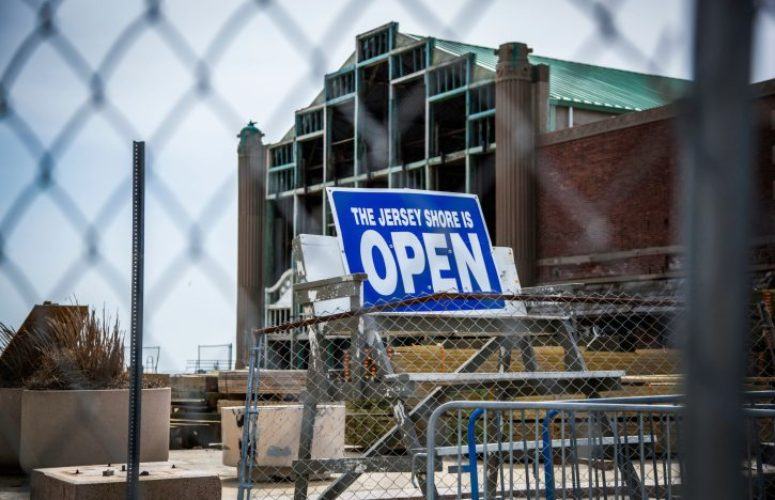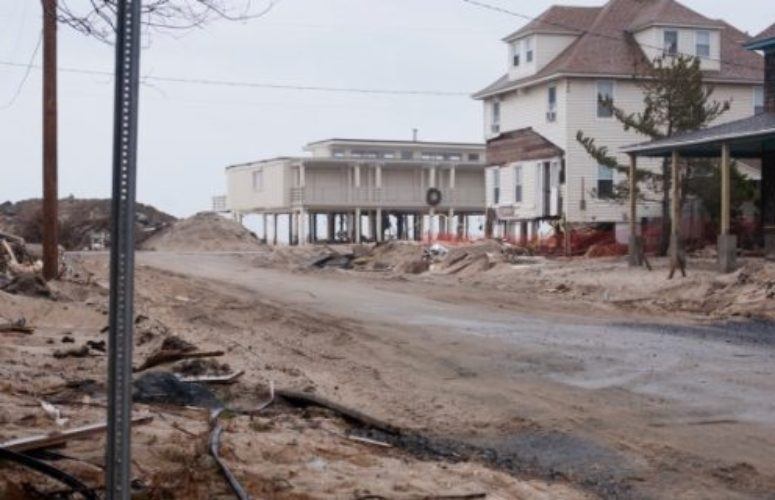
Rutgers and Columbia Study the Long-Term Effects of Sandy on New Jersey Residents
On Jul 28, 2014The damage caused during Superstorm Sandy in 2012 was immediate, but the aftershocks for New Jersey residents continue in the form of enduring health, economic, environmental and social impacts. To better understand these effects, the New Jersey Department of Health is supporting a joint research team from Rutgers University and Columbia University to conduct The Sandy Child and Family Health (S-CAFH) Study, one of the largest disaster recovery projects and assessments in the region.
The research will examine the potential long-term effects of Sandy on the health and well-being of state residents exposed to the storm and also shed light on what has helped or hindered people in their ongoing recovery.
“The stress of continuing recovery efforts coupled with economic losses incurred as a result of the storm can be daunting. These psychological effects can negatively impact an individual’s overall health and well-being,” said Department of Health Assistant Commissioner Gloria Rodriguez. “This study will provide a better understanding of the impacts of Sandy, so we can better address residents’ needs and inform our planning for the future.”
Going door-to-door in the affected areas, community-based interviewers will conduct face-to-face surveys with a random sampling of 1,000 New Jersey households situated in communities that experienced storm surges, flooding or substantial property damage. The bilingual survey will cover such topics as the decisions households made related to evacuation and recovery issues, to their health and well-being, and to the help they have sought or received. In addition to learning about the adults in the household, the team will also ask specific questions about children living in the house to learn of any long-term impacts.
“This is an important project for ongoing work to give voice to the people of New Jersey to talk about some of the longer-term impacts on families and communities,” said Rutgers University’s Patricia Findley, associate professor. “We hear their stories, now we can systematically document their ongoing needs so we can inform policy makers, government leaders, and communities in making decisions to support continued recovery, as well as to plan effectively for future disasters, “ concurred Donna Van Alst, research specialist also from Rutgers University.
To be eligible, selected residents must have lived in the household at the time of the storm, and the household must be either their primary residence or a secondary residence that they had occupied for at least 30 days between June 1 and October 31, 2012.
The primary objectives of the S-CAFH data collection will be to:
- document the immediate and on-going physical and mental health needs of populations, including children;
chronicle their recovery and housing transitions; - analyze the types of services that people needed and received, and to identify patterns of current unmet needs or service gaps; and document the pathways to recovery experienced by diverse populations.
Research teams from Rutgers University’s Institute for Families at the School of Social Work and Columbia University’s National Center for Disaster Preparedness at the Earth Institute are leading the Sandy Child and Family Health study. The research faculty from Rutgers and Columbia has been involved in disaster assessment work after many major events, including 9/11; Hurricane Katrina; the Deepwater Horizon Oil Spill; the Christchurch, New Zealand earthquakes; the Joplin, Missouri tornado; and Superstorm Sandy.
“What we have seen too often after these catastrophic events,” said Columbia University’s deputy director of the National Center for Disaster Preparedness David Abramson, “is that long-term recovery doesn’t make the news. It’s not even clear to policy-makers and providers what people need in order to recover, much less how well they are doing. S-CAFH will provide that picture to New Jersey communities and officials. It can help build an evidence-base for disaster recovery that is effective and targeted.”
Related Articles:





